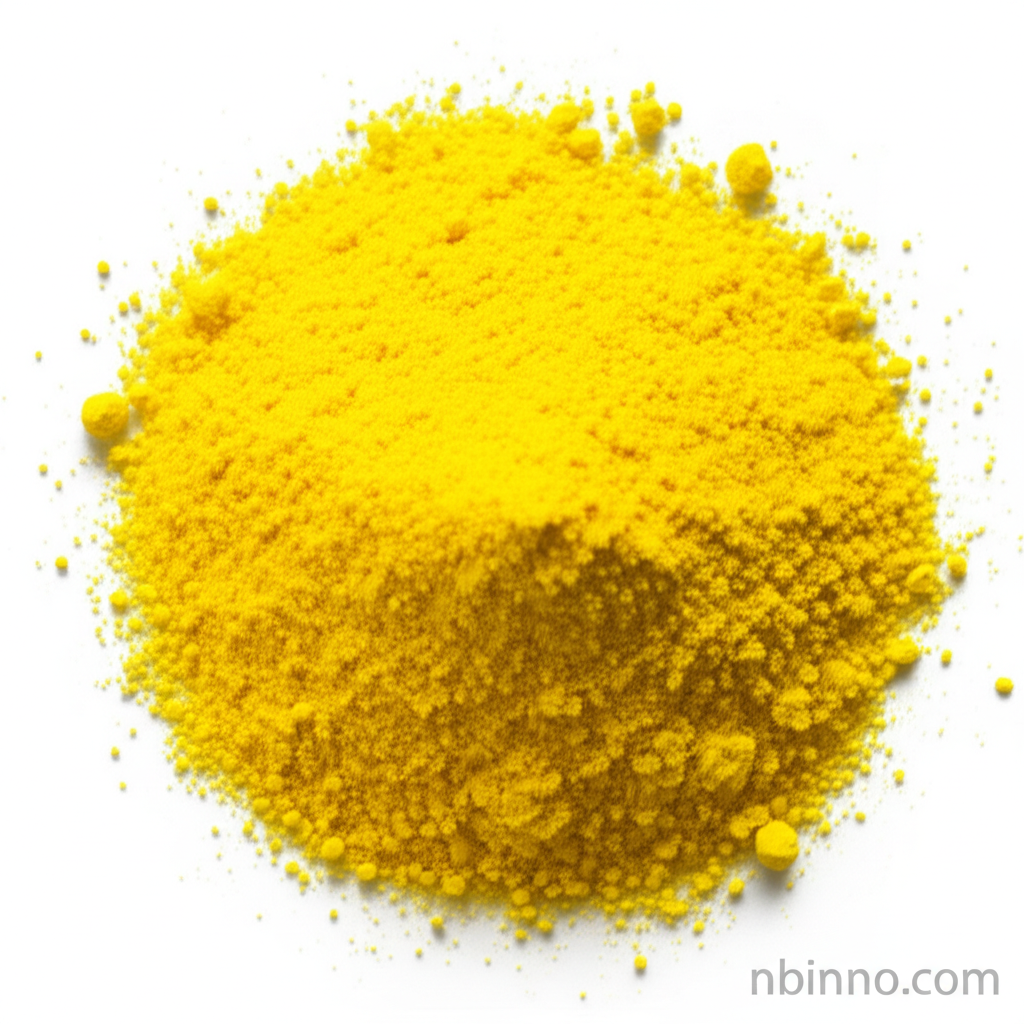Bis(triphenylphosphine)palladium(II) Diacetate: A Key Catalyst for C-C Bond Formation in Organic Synthesis
Harness the power of palladium catalysis for efficient C-C bond formation in your synthetic endeavors.
Get a Quote & SampleProduct Core Value

Bis(triphenylphosphine)palladium(II) Diacetate
This palladium-based compound is a highly effective catalyst renowned for its ability to facilitate carbon-carbon bond formation. It is a cornerstone for various cross-coupling reactions, significantly advancing organic synthesis.
- Facilitating Suzuki coupling reactions is a primary application, enabling precise C-C bond construction.
- It acts as a critical catalyst for Heck coupling reactions, a vital tool in building complex organic molecules.
- The compound is instrumental in Sonogashira coupling catalyst applications, crucial for creating conjugated systems.
- Its role as a palladium catalyzed cross coupling reactions agent makes it indispensable in modern chemical research.
Key Advantages
Enhanced Reaction Efficiency
Leverage this catalyst for superior outcomes in organic synthesis palladium catalyst applications, ensuring high yields.
Versatile Application Scope
Its broad substrate compatibility makes it ideal for diverse chemical transformations, supporting various research needs.
Mild Reaction Conditions
Achieve efficient transformations with this catalyst, which performs effectively even under mild reaction conditions, promoting greener chemical processes.
Key Applications
Catalysis
As a premier catalyst for C-C bond formation, it drives innovation in catalytic chemistry.
Organic Synthesis
A key reagent in complex molecule assembly, essential for advanced organic synthesis palladium catalyst work.
Cross-Coupling Reactions
Its proficiency in Suzuki, Heck, and Sonogashira couplings makes it central to modern synthetic strategies.
Pharmaceutical Synthesis
Critical for building intricate molecular frameworks required in drug discovery and development.
